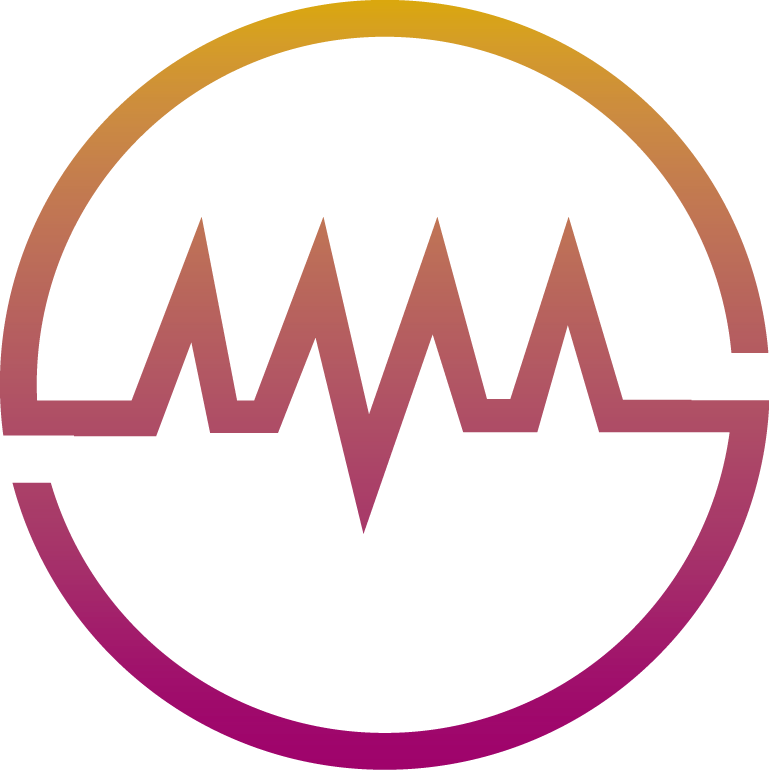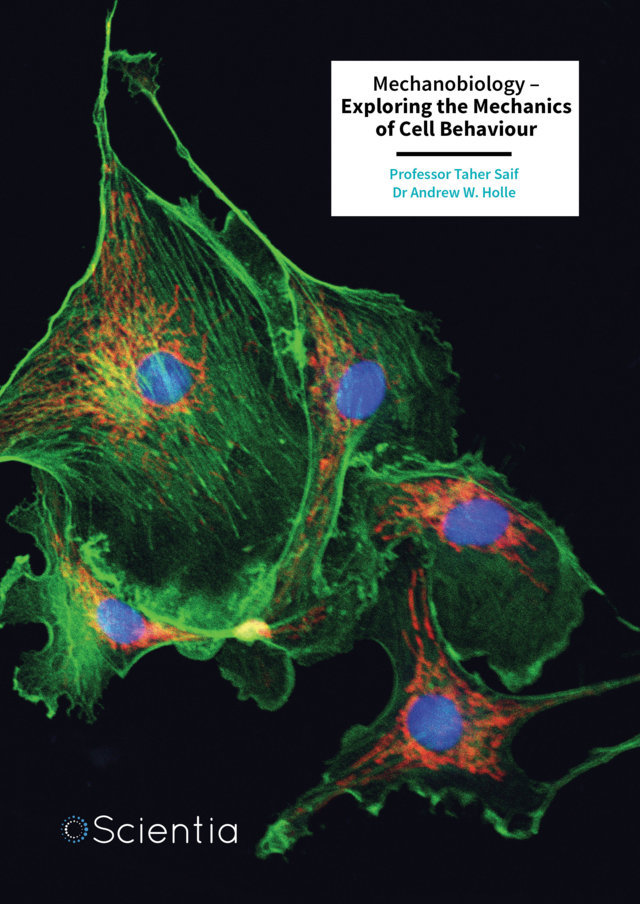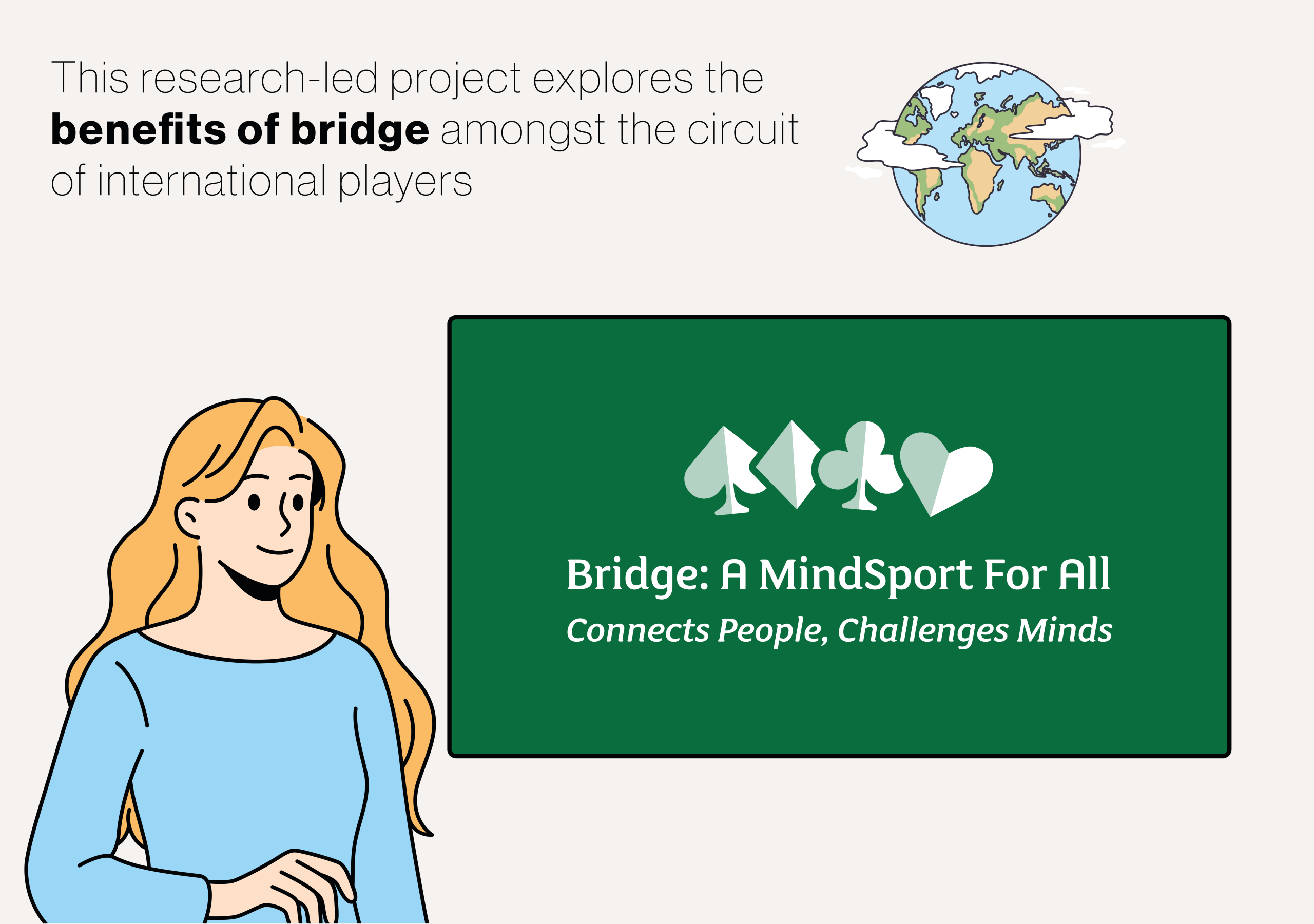When the COVID-19 pandemic arrived as an unexpected and unwelcome presence in our lives, it didn’t just disrupt our daily routines, it drastically changed how we learn, teach, and connect. For many healthcare professionals, including those in dentistry, this meant abandoning lecture halls and clinical classrooms for an unfamiliar and potentially daunting virtual teaching landscape. After all, no-one knew if this mandatory experiment in online teaching would work out. Yet from this unprecedented upheaval emerged an extraordinary opportunity to rethink how education is delivered globally, one that Dr. Shasha Cui of the Eastman Institute for Oral Health at the University of Rochester School of Medicine and Dentistry, and her colleagues, seized with insight, innovation, and a keen eye toward the future. More
In a compelling and timely study titled “Perception of Virtual Education Learning among Dental Residents and Faculty during the COVID-19 Pandemic: A Cross-Sectional Study”, Dr. Cui and her research colleagues explored how dental professionals adapted to virtual learning at a pivotal moment in global education. What they found was not just a snapshot of a pandemic-era adaptation, but a roadmap for how education in healthcare, and beyond, could evolve for the better internationally.
Based at the University of Rochester’s Eastman Institute for Oral Health, the study surveyed 46 dental residents and 10 faculty members on their experiences with virtual learning during the height of the pandemic. Using a detailed questionnaire that measured perceptions, levels of engagement, and even psychological burnout, Dr. Cui’s team was able to extract rich insights into how this rapid educational pivot was received and processed.
One of the study’s boldest moves was the application of Regulatory Focus Theory (or RFT for short), a psychological framework that explores how people are motivated by goals and risk. By blending educational science with psychological theory, the study broke new ground in dental education research, offering a uniquely holistic view of not just how residents learned, but how they felt while doing so, a key metric in achieving effective learning.
The findings defied many expectations. Contrary to early fears that online platforms would significantly hinder learning, over 70% of residents rated their virtual learning experience as “good” or “excellent.” In particular, modalities such as case presentations, literature reviews, and research presentations thrived in the virtual format. These sessions became interactive, efficient, and, surprisingly, more engaging for many.
Yet, the study didn’t paint a one-dimensional picture. It revealed key differences based on age, location, training background, and years of clinical experience. For example, younger residents and those with less experience found virtual formats more effective, especially when it came to digesting didactic material. In contrast, residents trained outside the U.S. and Canada often preferred in-person formats or a hybrid format, possibly due to differing educational norms or limited previous exposure to digital learning environments.
This insight is particularly important in a globalized world where international dental graduates are an essential part of the healthcare ecosystem. Virtual learning modules must be inclusive and adaptable, not just technologically, but culturally and stylistically.
The incorporation of Regulatory Focus Theory is where the study truly shines in originality. RFT distinguishes between two types of motivation: promotion-focused, where individuals are driven by growth and achievement, and prevention-focused, where the emphasis is on safety, responsibility and risk-avoidance.
By scoring each resident according to these motivational styles, Dr. Cui and her co-investigators found that those with a strong promotion focus were more likely to thrive in virtual environments, particularly in didactic courses. They saw virtual classes as more interactive and stimulating, aligning with their desire to innovate and take initiative.
This breakthrough application of RFT offers a new lens for understanding how to tailor education to individual learners’ motivations. Rather than a “sink or swim” approach, the findings suggest we can design curricula that support each student’s natural tendencies, something that could revolutionize how institutions approach both online and in-person training globally.
One of the study’s most sobering findings relates to burnout. While over half of the residents reported experiencing some symptoms of burnout during the pandemic, the rates were significantly higher among female residents. This echoes broader trends in medicine and dentistry, where women often report higher levels of work-life stress, limited mentorship, and fewer opportunities for advancement.
By spotlighting these disparities, Dr. Cui’s work highlights the need for more robust support systems, mentorship programs, and wellness initiatives, particularly for women in healthcare. Virtual learning, for all its convenience, cannot be a cure-all for structural inequities, but it can be part of a broader strategy to reduce unnecessary stressors and improve mental health outcomes.
Perhaps the most globally relevant insight is that the majority of participants preferred a virtual or hybrid format, meaning a blend of virtual and in-person learning, for future education. This finding aligns with trends seen in other fields, from business to higher education, where hybrid models are praised for their flexibility, accessibility, and scalability.
For dental education, this hybrid model could mean the best of both worlds: the depth of hands-on, clinical instruction paired with the convenience and reach of online learning. As Dr. Cui’s research shows, some aspects of dental education, such as lectures, case discussions, and literature reviews, may actually be more effective when delivered virtually.
This has profound implications for global dental education, especially in regions with limited access to academic resources or clinical training facilities. By investing in hybrid platforms, institutions around the world could democratize high-quality dental training, making it available to students regardless of geography or infrastructure.
What makes this study particularly compelling is its international relevance. With such a diverse participant base, including many residents trained outside North America, it touches on the real-world challenges faced by the global dental workforce. The findings are not limited to one country, culture, or institution. They speak to a universal moment in time when every learner, everywhere, had to adapt. And they offer a path forward.
Dr. Shasha Cui’s work doesn’t just document change, it helps us understand it. It challenges assumptions about what learning can and should look like in a digital age. It invites educators, policymakers, and institutions to rethink how we measure effectiveness, engagement, and wellness.
As we step into a post-pandemic era, one thing is clear: the virtual shift in dental education was not a detour, but a destination. Thanks to pioneering work from researchers such as Dr. Shasha Cui, we now have the data, and the inspiration, to build a more flexible, inclusive, and impactful learning environment for the next generation of healthcare providers.







